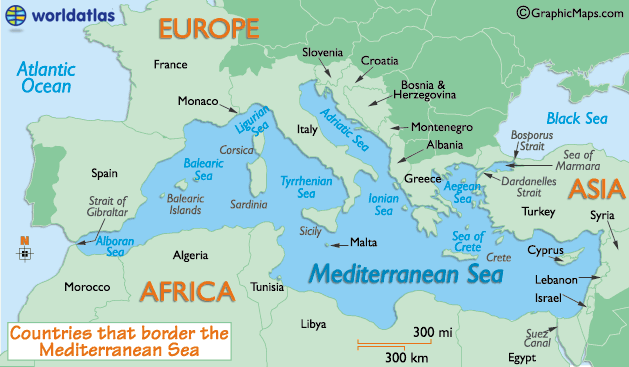


Many of the lesser-known sponges, sea squirts and crustaceans can be found hidden amongst the vast underwater meadows or Posidonia beds that grow in shallow coastal waters. It is estimated that the Mediterranean contains 8–9 % of all the world’s marine creatures. It harbours a tremendous diversity of marine organisms, many of which are endemic to the region.

Some merely stop over for a few days to refuel before crossing the Sahara but others spend the entire winter here to escape the cold weather further north.Īs for the Mediterranean Sea, its clear blue waters are famous throughout the world. Up to two billion birds migrate to, or through, the Mediterranean Region every year. They harbour hundreds of species of endemic fish, amphibians and insects which, in turn, attract huge flocks of waders and dabbling ducks, especially during the migration season. Where water is more bountiful, wetlands appear at regular intervals, ranging from tiny coastal lagoons to vast deltas around the long coastline. These grasslands are prime locations for the great bustard ( Otis tarda), the little bustard ( Tetrax tetrax) and a whole range of ground-nesting birds such as the pin-tailed sandgrouse ( Pterocles alchata). These semi-arid steppic areas may seem barren and lifeless but, on closer inspection, reveal an equally rich wildlife. Too dry for trees, other areas of the Mediterranean are covered in grasslands. While most central and northern European forests are now dominated by only a dozen or so tree species, the Mediterranean forests are much more diverse, harbouring up to 100 different tree species. Large tracts of natural, virtually pristine, forests have remained relatively untouched by man. Whilst the Mediterranean scrub is synonymous with the region, there are many other species-rich habitats here. The Mediterranean is one of the world's top biodiversity hotspots. The rate of endemism is exceptionally high. Mediterranean wildlife and habitats are very specific as the region was not affected by the last Ice Age. This scrub has evolved into a complex and intricate mobile patchwork of habitats, home to an exceptionally rich biodiversity. The Mediterranean scrub, with its many flowers and aromatic plants, is a direct result of centuries of human activities (livestock grazing, cultivation forest fires and clearances). Man has left its mark across much of the landscape. It includes high mountains and rocky shores, thick scrub and semi-arid steppes, coastal wetlands and sandy beaches as well as a myriad of islands dotted across the sea. This climate has a profound influence on the vegetation and wildlife of the region.įor a region that takes its name from the sea it surrounds, the Mediterranean is surprisingly hilly. It is also very capricious with sudden heavy rain or bouts of high winds such as the Sirocco and Mistral. The climate is characterised by hot dry summers and humid, cool winters. The list of sites of Community importance for the Mediterranean biogeographical region, included in Natura 2000, is updated every year. To best protect the Mediterranean region, the relevant Member States and key stakeholders team up to devise nature protection measures, tailored to suit the particular needs of the entire region and to target its specific pressures. The Mediterranean has not only a very rich biodiversity but also a large number of species that do not exist anywhere else. It has specific regional features: a climate of hot dry summers and humid, cool winters and a generally hilly landscape. This biogeographical region includes the Mediterranean Sea and seven Member States, either partially (France, Portugal, Italy, Spain) or completely (Greece, Malta, Cyprus).


 0 kommentar(er)
0 kommentar(er)
